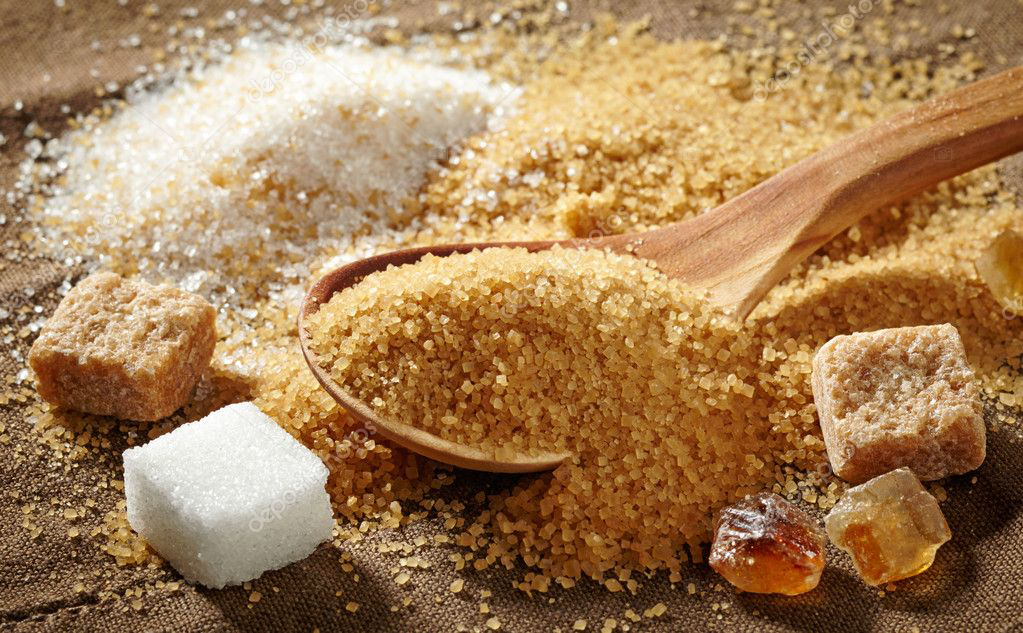
How many calories are in a teaspoon of sugar?
A teaspoon of sugar has 15 calories.
Does sugar contain preservatives or other additives?
No. Sugar is pure sucrose. It contains no preservatives or additives of any kind.
What are added sugars?
The term “added sugars” was defined by the Food and Drug Administration (FDA) in 2016 as sugars that are: • added during the processing of foods, or are packaged as such; • free mono- and disaccharides; • sugars from syrups and honey; and • sugars from concentrated fruit or vegetable juices that are in excess of what would be expected from the same volume of 100 percent fruit or vegetable juice of the same type. The FDA definition of added sugars does not include: • fruit or vegetable juice concentrated from 100 percent fruit juice that is sold to consumers; and • the fruit component of fruit spreads. While many whole foods contain naturally-occurring sugars (e.g., sucrose, glucose or fructose in fruit and lactose in milk), these are not considered added sugars when found in whole foods. Other sweeteners such as sugar alcohols (e.g., erythritol and xylitol), low-calorie sweeteners (e.g., aspartame and sucralose) and no-calorie natural sweeteners (e.g., stevia leaf extract and monk fruit extract) are also not considered added sugars.
What is the serving size for sugar?
Two teaspoons. A packet of sugar contains one teaspoon.
What gives sugar its white color?
Sugar is naturally white. Molasses, which is naturally present in sugar beet and sugar cane and gives brown sugar its color, is removed from the sugar crystal with water and centrifuging. Carbon filters absorb any remaining colored plant materials.
Why are sugars added to food?
Added sugars provide functions beyond sweetness in many foods. Sugar contributes texture and browning to baked goods. Yeast needs sugar to regulate the fermentation process that causes bread to rise. Sugar adds mouth-pleasing bulk to ice cream and baked goods, preserves jams and fruits, and imparts a satisfying body or “mouthfeel” to beverages. In non- sweet foods—salad dressings, sauces, condiments— sugar enhances flavor and balances the natural acidity of tomato and vinegar-based products.